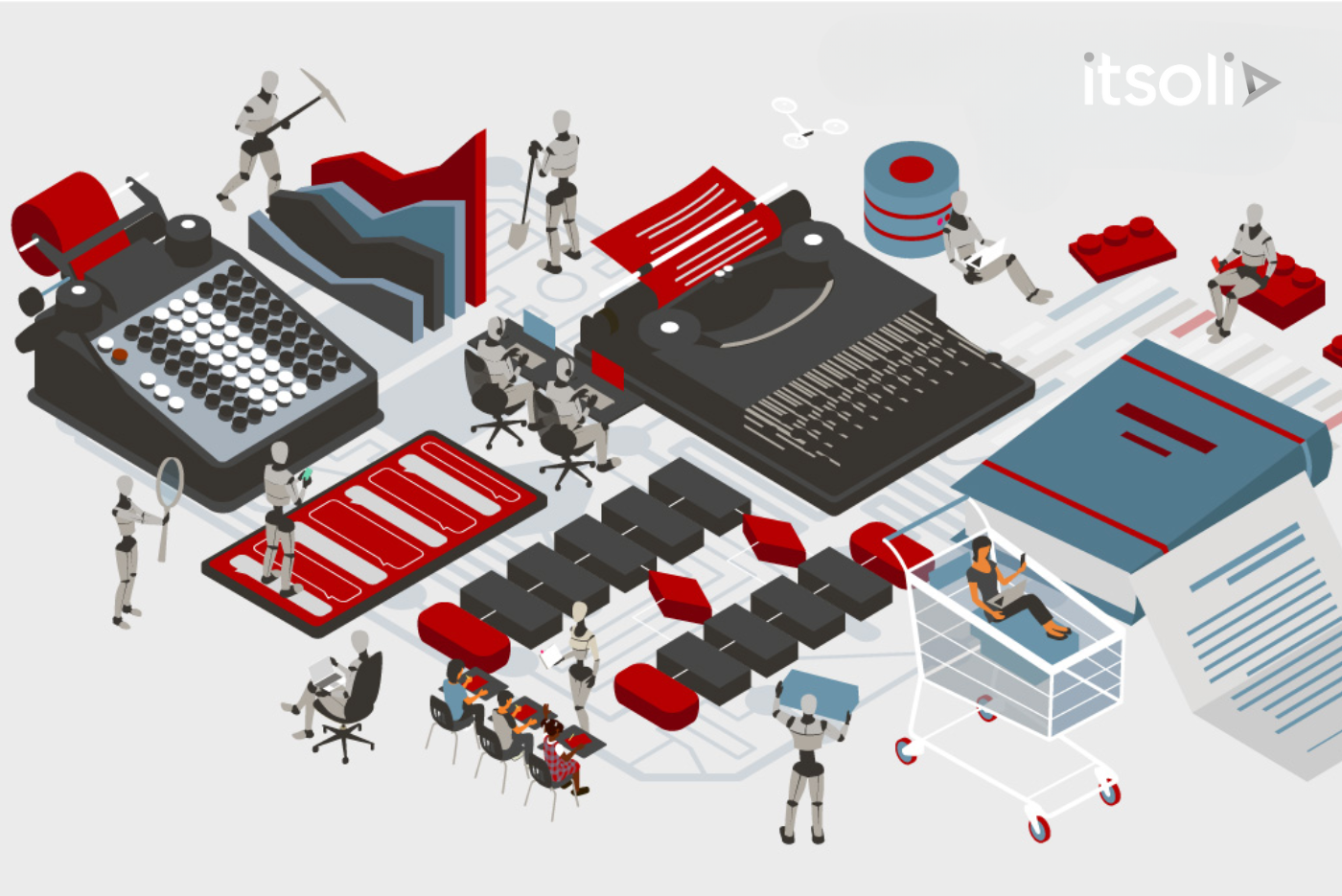
Forget the Use Case. Start with the Constraint.
September 6, 2025
Why Use-Case-First Thinking Is Holding You Back
It is easy to fall in love with the idea of AI. The pitch decks are full of use cases—automate customer support, predict churn, summarize documents. But there is a problem.
Most enterprise use cases do not survive first contact with reality.
Why?
Because they are chosen in isolation. Disconnected from real constraints like latency, compliance, legacy systems, and internal adoption risk.
The smarter approach? Flip the script.
Start with the constraint.
Let the limits of your business become the lens for AI innovation.
Constraints Are Not Blocks. They Are Blueprints.
Constraints get a bad reputation. In truth, they are your most powerful design tool.
When you start with constraints, you:
- Focus on what is operationally possible
- Align with existing risk tolerances
- Surface integration and adoption barriers early
- Design for speed and scale from day one
A fancy chatbot that cannot answer within 2 seconds on mobile is a failure. A recommendation engine that cannot plug into your ERP is dead on arrival.
Use cases inspire. Constraints ground.
You need both. But the order matters.
Common Enterprise Constraints That Change Everything
Let us explore some of the most common enterprise constraints that should come before AI use-case planning:
1. Latency
Some processes can wait. Others cannot.
- Customer support responses need sub-second latency
- Financial calculations during trading windows need real-time processing
- Internal audit checks can tolerate batch processing overnight
Latency defines your model choice, infrastructure, and even use-case feasibility.
2. Security and Data Residency
Can you move data to the cloud? If not, your entire LLM roadmap changes.
- Some industries require on-prem inference
- Government clients may need sovereign cloud
- Personally Identifiable Information (PII) restricts training and storage options
Ignoring this leads to shelfware.
3. Explainability
If regulators ask, can your model explain itself?
- Credit scoring models need justifiable outcomes
- HR tools must avoid bias and show rationale
- Health tech systems need audit trails
The higher the explainability requirement, the lower your risk tolerance for black-box models.
4. Legacy Interoperability
How easy is it to plug AI into your current stack?
- If your backend is a 15-year-old Oracle system, LLM-based automation needs wrappers
- If your CRM is custom-built, you may need middleware for integration
Use cases often fail not because the model is wrong, but because the wiring does not exist.
5. Human-in-the-Loop Expectations
Is this agent expected to fully automate, or assist?
- Full automation needs stronger risk mitigation
- Augmentation means you can work with imperfect accuracy
- UX design must reflect the expected level of autonomy
Decide this early. It changes your architecture.
6. Internal Change Resistance
Some departments will embrace AI. Others will fight it.
- Legal may slow things down due to compliance risk
- Finance may push for conservative ROI
- Customer-facing teams may fear job loss
Your AI roadmap is also a political roadmap. Budget time and tactics for change management.
A Better Planning Framework: Constraint-First Innovation
Use this 3-step sequence instead of starting with a list of generic use cases:
Map Your Business Constraints
Use this 3-step sequence instead of starting with a list of generic use cases:
-
Map Your Business Constraints
Interview domain leads. Document latency expectations, integration touchpoints, risk factors, and human roles. -
Define Success Within Those Constraints
What does a win look like that respects all your operational, legal, and technical realities? -
Co-Create Use Cases
Now brainstorm—but only use cases that survive those constraints. You will find that they are more grounded, faster to pilot, and more likely to be adopted.
It feels less exciting. But it saves millions.
Real-World Example: AI in Procurement
Scenario 1: Use-Case-First
A global manufacturer wanted to use AI to automate vendor contract reviews. Sounds smart.
They bought a contract analysis LLM tool. But the tool:
- Required data to be uploaded to a US-based server
- Had a 10-second response time
- Could not integrate with their SAP-based approval system
Result? Pilots stalled. Legal flagged data concerns. Procurement still uses email and Excel.
Scenario 2: Constraint-First
A similar company started with constraints:
- All data must stay in-country
- Maximum 3-second latency
- Must plug into SAP without major rework
They scoped a different use case: a lightweight clause-detection tool that flags unusual terms in new contracts—run locally, approved by IT, and used within existing workflows.
Adoption was immediate. Expansion followed.
Same tech. Different framing.
How to Operationalize This Mindset
Create a Constraint Inventory
Build a central list of non-negotiables across functions—legal, security, infra, ops, etc. Treat it as a living document.
Set Guardrails in Your AI Council
Most AI councils or steering groups review use cases. Flip the script—ask for constraint fit first.
Train Teams to Think Like Architects
Build an internal culture of constraint-first innovation. Run workshops, create templates, and reward teams that solve within boundaries.
Make Constraints Visible in Every RFP
When sourcing AI partners or vendors, list your top five constraints upfront. Watch how quickly you avoid bad-fit tools.
Create a Pattern Library
Once you solve for a set of constraints—say, batch processing with edge security—turn it into a reusable reference for other teams.
This turns isolated wins into systemic momentum.
Why This Matters More Than Ever
AI is moving fast. But enterprises cannot afford to move recklessly.
The companies that succeed are not the ones with the flashiest pilots. They are the ones that:
- Respect the system they operate in
- Solve real friction
- Think like engineers, not just visionaries
Constraints are not your enemy.
They are your competitive edge.
Use them well.

© 2025 ITSoli

